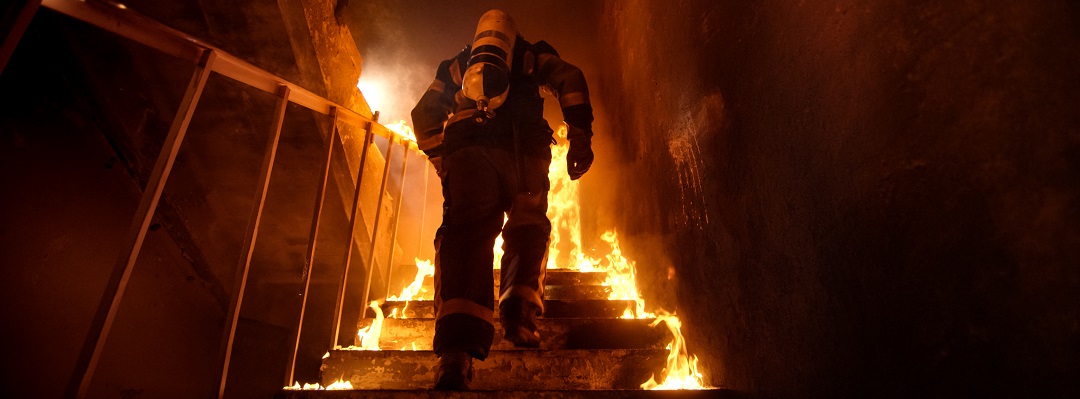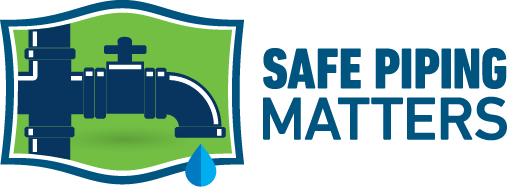
Sign the Petition
Weakening the Model Plumbing Codes creates more risks across the board: for pipefitters and all construction workers, firefighters and other first responders, and the public as a whole. Although plastic materials (PVC, CPVC, ABS) may be appropriate for some piping applications, codes must prohibit installation of plastic piping for plumbing used for drinking water and drain, waste, and vent in hotels and residential buildings greater than two stories in height. It should also prohibit plastic pipe in critical patient occupancies such as hospitals, nursing facilities, high-rise residential structures, and healthcare facilities.
What Threats Do Plastic Pipes Pose?
A major fire safety risk that piping poses is the emission of chemicals that results when the material burns. The wrong kind of piping can leave life-threatening impacts on anyone who inhales the smoke it emits. Public safety is also threatened by the piping material within a city or municipality’s water infrastructure. As seen in the aftermath of the devastating 2018 Camp Fire in Paradise, CA, the region’s drinking water became highly contaminated due to plastic underground water pipes introducing harmful, cancer-causing chemicals such as benzene and methylene chloride into the water supply. It took over ten months for the Paradise residents to be able to drink their tap water again.
Sign the petition below to join Safe Piping Matters, the International Association of Fire Fighters (IAFF) and the United Association of Plumbers, Fitters, Welders and Techs (UA) in protecting construction workers, fire fighters, the public and the environment!
[emailpetition id=”1″]
